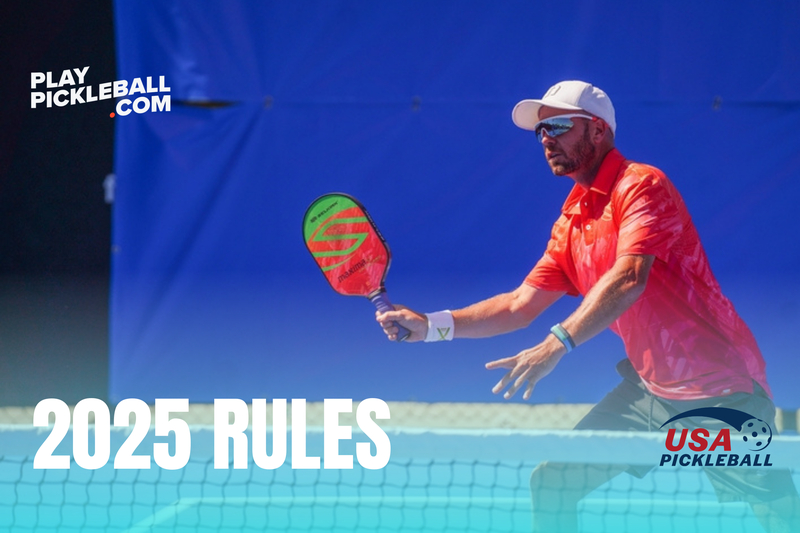USA Pickleball Official Rulebook Priorities and Guiding Principles.
Preface.
The USA Pickleball Official Rulebook is the organization’s most important product. It is the foundational document for the sport of pickleball and should be treated with the respect accorded the sport’s founders and those who have written and approved rules over the years.
Writing rules that are objective, clear and concise is difficult work. Because those involved in writing and/or approving rules come from different backgrounds and experiences, it is important to have rule writing priorities and guiding principles that help provide a measure of consistency from year to year. The following Rulebook Priorities and Guiding Principles were developed to guide rule writers and approvers in their important work.
Priorities.
The following three priorities should be considered “tests” for any suggested rule change. Any suggested rule change should satisfy at least one of these three priorities, listed in order of importance:
- The first priority is preserving the integrity of the sport, one that incorporates the elements of fun, cooperation, courtesy, and competition. This priority pays homage to those who developed the sport in 1965 and those who have written and approved rule changes over the years.
- The second priority is what is collectively best for the players. This priority examines rule changes for improving the player experience. It “tests” suggested rule changes from the standpoint of minimizing player disagreements, making it easier to learn the sport, teach the sport, and play the sport, while also allowing for moderate innovation as player skills and equipment develop and evolve.
- The third priority is what’s best for officiating. It “tests” rule changes to make it less likely conflicts will occur between players as well as between players and officials.
Guiding Principles.
The USA Pickleball Official Rulebook covers a wide variety of rules that cover the court and equipment, recreational and social play as well as tournament play, officiated and nonofficiated. The following are Guiding Principles for those writing and approving rules. To the extent possible, rules should:
- Apply to all levels and categories of players; recreational and social players, as well as professional and amateur tournament players (officiated and nonofficiated). Specific rules for a single category of player, for example, the pro level player, should be approved after careful consideration and examination of how the rule change might impact the sport beyond the pro level of competition.
- Be written with a deterministic focus, i.e., from the standpoint of “if this occurs, this is what happens.” If something is not allowed or should not happen, the consequences (for example: replay, fault, technical warning, etc.) should be provided as part of the rule.
- Center on that which should not occur, not on what is permitted or allowed. Attempts to include rules describing what is allowed will result in an unnecessarily lengthy Rulebook.
- Avoid ambiguity, player discretion, or referee judgment-related rules. Such rules invite disagreements and different interpretations. To this end, when a key word is used to describe when a rule applies, the word should be defined as either a part of the rule or in the Definition Section of the Rulebook.
- Allow equipment manufacturers to innovate, as long as such innovation does not overwhelm or outpace the average player’s ability to keep up with the speed and difficulty of the sport. Equipment-related rule changes should be given particularly close scrutiny because of their precedent-setting potential.
- Have an element of precedent accorded to them. Change for change’s sake should be avoided to avoid frustration among or a loss of confidence by players.
- Allow for an appropriate degree of player innovation. Such innovation should maintain a healthy balance between historical rules that have been instrumental to the sport’s growth and appeal.
- Preserve the unique features and rules of the sport involving the Non-Volley Zone and the two-bounce rule and prevent one shot, one paddle, or type of play from dominating the sport.
- Address a known issue or anticipate trends and needs of the sport before it becomes necessary.
- Be subjected to reviews and comments by domestic and international stakeholders.

